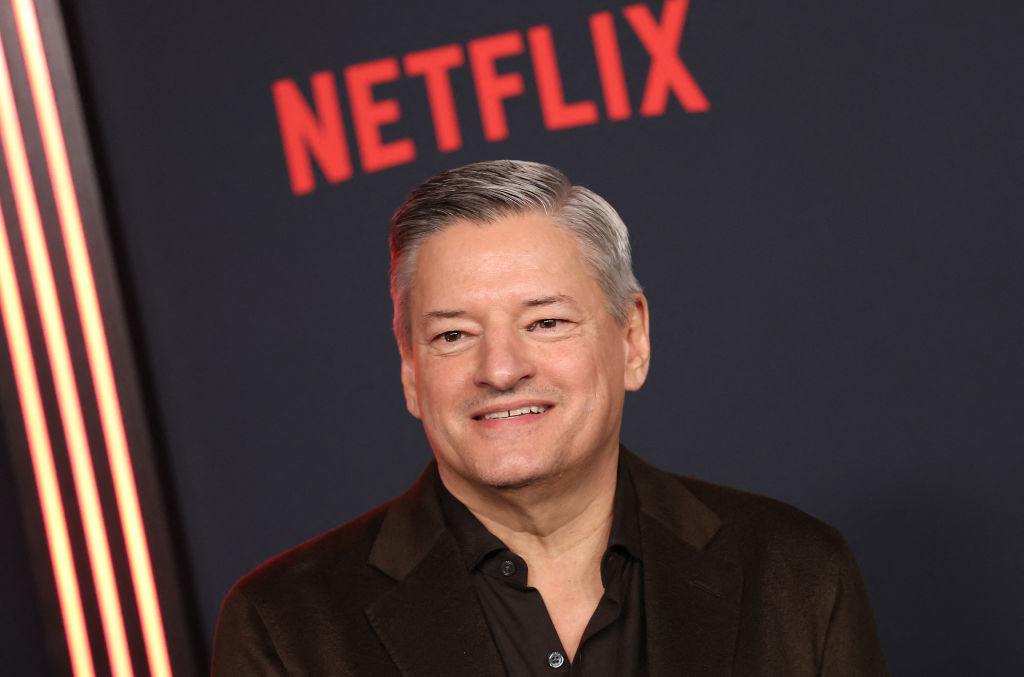Netflix, the original binge pioneer, has been testing alternative approaches when releasing new shows. AFP via Getty Images
In February 2013, Netflix released House of Cardsdropping all of Season 1 in a single go. In doing so, the company redefined what it meant to watch TV; gone were the days of waiting a week for a new episode, and binge-watching quickly became the norm.
Twelve years later, Netflix’s model is still going strong. The company reported $3.13 billion in profit for the latest quarter ended June and continues to release most originals in binge-ready form, banking on viewers’ desire for instant gratification. But as with any binge, the buzz is often short-lived, with pop culture moments arriving and disappearing almost overnight.
Netflix’s competitors have embraced hybrid strategies, trying to keep fans fed while stretching out engagement. For instance, Prime Video dropped all of Season 1 of The Summer I Turned Pretty in a single day, but for Seasons 2 and 3, it released a few episodes upfront before moving to weekly installments. Apple TV+ and Disney+ used the same approach for Severance and Andorrespectively, while HBO Max has stuck to the traditional weekly format.
Behind the scenes, those decisions are anything but random. “There is 100 percent a strategy,” said Emily Horgan, a streaming expert and former content planner and programming strategist at The Walt Disney Company. Even Netflix, the original binge pioneer, has been testing alternatives. According to Fabric, the streamer released 89 percent of its content all at once in 2024; in 2025, that share dropped to 68 percent.
The weekly model harkens back to linear TV, keeping audiences waiting and building anticipation. “It’s a way of building momentum. Then, everyone stands around, drinking coffee at the office, saying, ‘Did you see Game of Thrones last night?’” Lindsey Hughes, a former film and TV development executive, told Observer.
By contrast, Netflix’s drop-all-at-once approach risks burying shows that fail to immediately catch on. For every Stranger Things, Bridgerton or Squid Gamethere are series that barely register. “One of the issues with the series-dump strategy is that you’re one and done,” said Horgan. “That’s why I think we’re seeing a bit more around batching content, trying weekly rollouts, seeing what will work.”
Which model is more successful?
Success can be measured in a few ways. Viewer engagement, often reflected in “social media chatter,” is one indicator, according to Horgan. Harder data matters, too, including total viewership and whether audiences stick around. Wednesday illustrates the point: Season 2 was split into two parts, unlike the all-at-once Season 1. Season 2 topped Netflix’s English-language shows the week of Aug. 4–10 with 50 million views, but Season 1 may have been the bigger win, spending 22 consecutive weeks on the Top 10 chart.
Subscriber retention is another key metric. Netflix no longer publishes subscriber counts, but its most recent earnings implied strong retention. And while its strategy is high-risk, high-reward, Netflix originals have shown remarkable staying power. Nearly half of all Netflix viewing in 2025 has come from titles released in or before 2023. Some were sleeper hits. “Maid got pirated at scale on TikTok about 18 months after it was made, and then it re-entered the Netflix Top 10,” noted Horgan, citing social media’s ability to drive demand.
Social platforms also double as focus groups. On Reddit’s r/tvPlus, user TARSrobot wrote, “I definitely like the weekly release model better.” Others voiced their preference for binging, with some admitting they wait until a season finishes before pressing play.
“Netflix taught us to binge; now, people expect it,” said Hughes. But even Netflix has leaned on batching for major franchises. Stranger Thingsfor example, will release its final season in three parts—on Thanksgiving, Christmas Day and New Year’s Eve. The approach still allows for bingeing, but in smaller doses, while turning the finale into a must-watch event across the holiday season.
Ultimately, though, the release schedule may matter less than the content itself. Whether binge-dropped or doled out weekly, audiences are going to watch Stranger Things—a reminder that strategy only works if the shows do.


